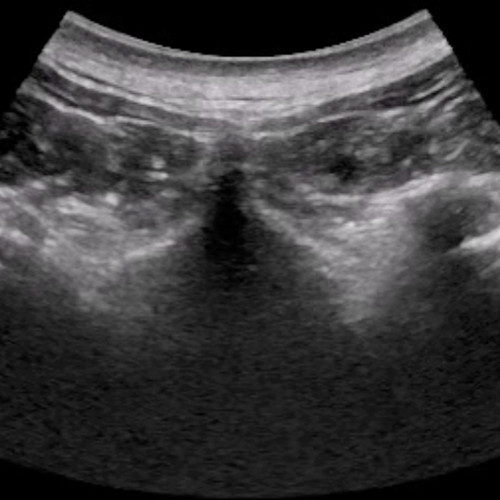The Neonatal & Infant Lumbar Puncture Ultrasound-Guided Procedure Module provides an in-depth understanding of the basic principles of performing ultrasound-guided neonatal and infant lumbar punctures. Review relevant anatomic landmarks that are instrumental to performing ultrasound-guided lumbar punctures. Develop cognitive task awareness and visuospatial skills required to perform the procedure to evaluate for sepsis or central nervous system infections. The Neonatal & Infant Lumbar Puncture course reviews the anatomy of the neonatal and infant spine, and commonly agreed-upon clinical indications for performing ultrasound-guided lumbar punctures. Optimal transducer selection, patient positioning, imaging approaches, and sonographic techniques for procedure execution are discussed. The course concludes with imaging tips and pitfalls, and potential procedure complications. The two real-patient pediatric scanning cases cover the in-plane procedural technique at the L3 to L4 interspace. They utilize color Doppler and linear transducers.
This activity has been planned and implemented in accordance with the accreditation requirements and policies of the Accreditation Council for Continuing Medical Education (ACCME) through the joint providership of the American College of Emergency Physicians, the Illinois College of Emergency Physicians, and SonoSim, Inc. The American College of Emergency Physicians is accredited by the ACCME to provide continuing medical education for physicians.
The American College of Emergency Physicians designates this enduring material for a maximum of 2 AMA PRA Category 1 Credits™. Physicians should claim only the credit commensurate with the extent of their participation in the activity.
Approved by the American College of Emergency Physicians for a maximum of 2 hours of ACEP Category I credit.











